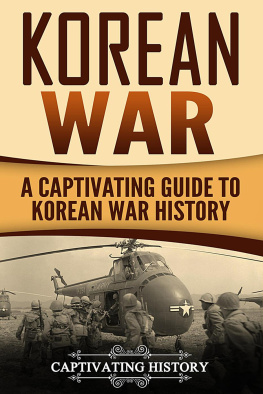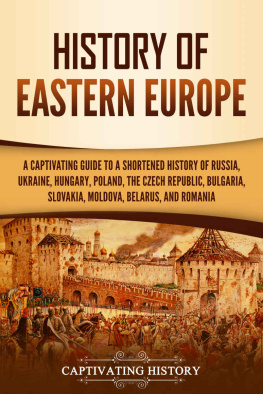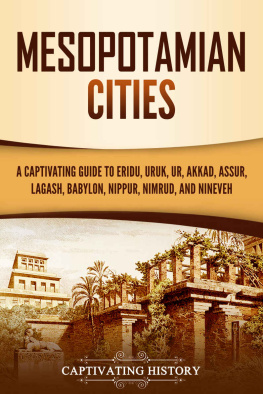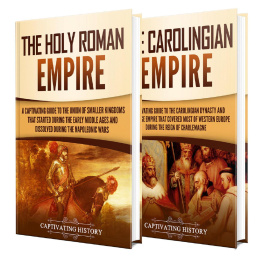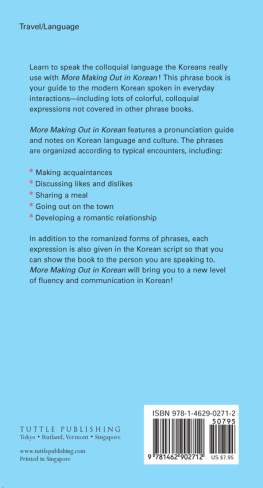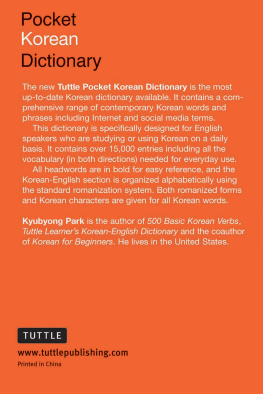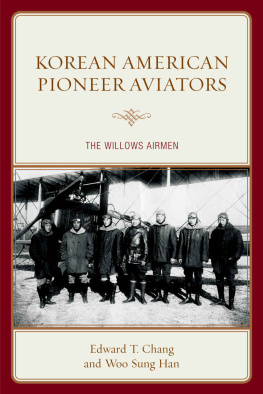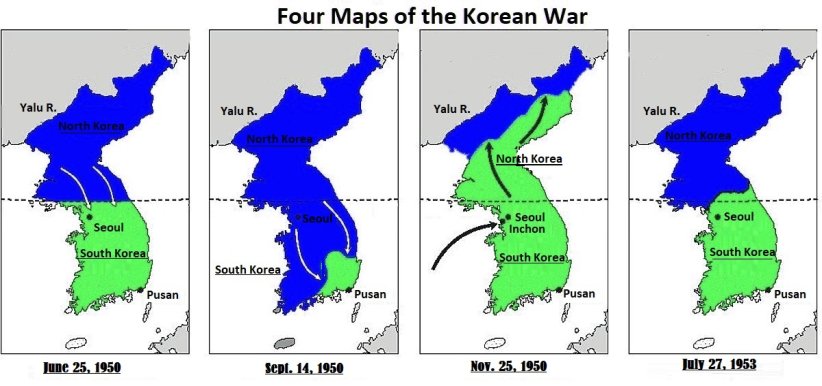Captivating History - Korean War: A Captivating Guide to Korean War History
Here you can read online Captivating History - Korean War: A Captivating Guide to Korean War History full text of the book (entire story) in english for free. Download pdf and epub, get meaning, cover and reviews about this ebook. year: 2019, publisher: Captivating History, genre: Politics. Description of the work, (preface) as well as reviews are available. Best literature library LitArk.com created for fans of good reading and offers a wide selection of genres:
Romance novel
Science fiction
Adventure
Detective
Science
History
Home and family
Prose
Art
Politics
Computer
Non-fiction
Religion
Business
Children
Humor
Choose a favorite category and find really read worthwhile books. Enjoy immersion in the world of imagination, feel the emotions of the characters or learn something new for yourself, make an fascinating discovery.
- Book:Korean War: A Captivating Guide to Korean War History
- Author:
- Publisher:Captivating History
- Genre:
- Year:2019
- Rating:4 / 5
- Favourites:Add to favourites
- Your mark:
Korean War: A Captivating Guide to Korean War History: summary, description and annotation
We offer to read an annotation, description, summary or preface (depends on what the author of the book "Korean War: A Captivating Guide to Korean War History" wrote himself). If you haven't found the necessary information about the book — write in the comments, we will try to find it.
Explore how the Korean War Started, the Aftermath and the Events in Between
The narrative of the Korean War in the West, and particularly in the United States, tells the tale of a conflict between two global superpowers and competing ideologies in a far-flung corner of the globe.
The reality is that the wheels of motion that drove the country to war in 1950 began turning long before American boots set foot on Korean soil. The heart of the conflict was a civil war between a population arbitrarily divided by colonization and the global geopolitics at the end of the Second World War.
Challenging the widely perpetuated Western narrative and getting to the core of the Korean conflict is no easy feat. From assumptions that the outbreak of war was a deliberate act of communist aggression, to the notion that Eisenhower and Trumans constant threats of atomic annihilation broke the Chinese and North Korean spirit and led to the signing of the armistice, everything needs to be dissected and reviewed on its own factual merit to fully understand the nature of the war.
This guide seeks to pull this narrative curtain and peek behind at the truth of the matter, tracing the history of the war back to the Japanese occupation and uncovering the root of Korean nationalism that stirred the nation into the frenzy of civil war in 1950.
It is about an often-forgotten war, fighting for its place in history between the two behemoths of the Second World War and the Vietnam War, which was no less significant, no less destructive, and had no less impact on the global politics of the twentieth century.
Some of the topics covered in this book include:
- The Japanese Ascendency: 1910-1945
- A Korea Divided: The US Occupation of the South
- The Forging of the North Korean State
- First Blood: The Outbreak of War
- Strike Hard and Strike Fast: The US Retreat
- Bittersweet Victories: American Revival and Chinas Decision to Cross the Yalu
- How Do You Solve a Problem Like China?
- The Bloody Ceasefire and Looming Bomb
- The Legacy of the Korean War
- And a Great Deal More that You dont Want to Miss out on!
Captivating History: author's other books
Who wrote Korean War: A Captivating Guide to Korean War History? Find out the surname, the name of the author of the book and a list of all author's works by series.

